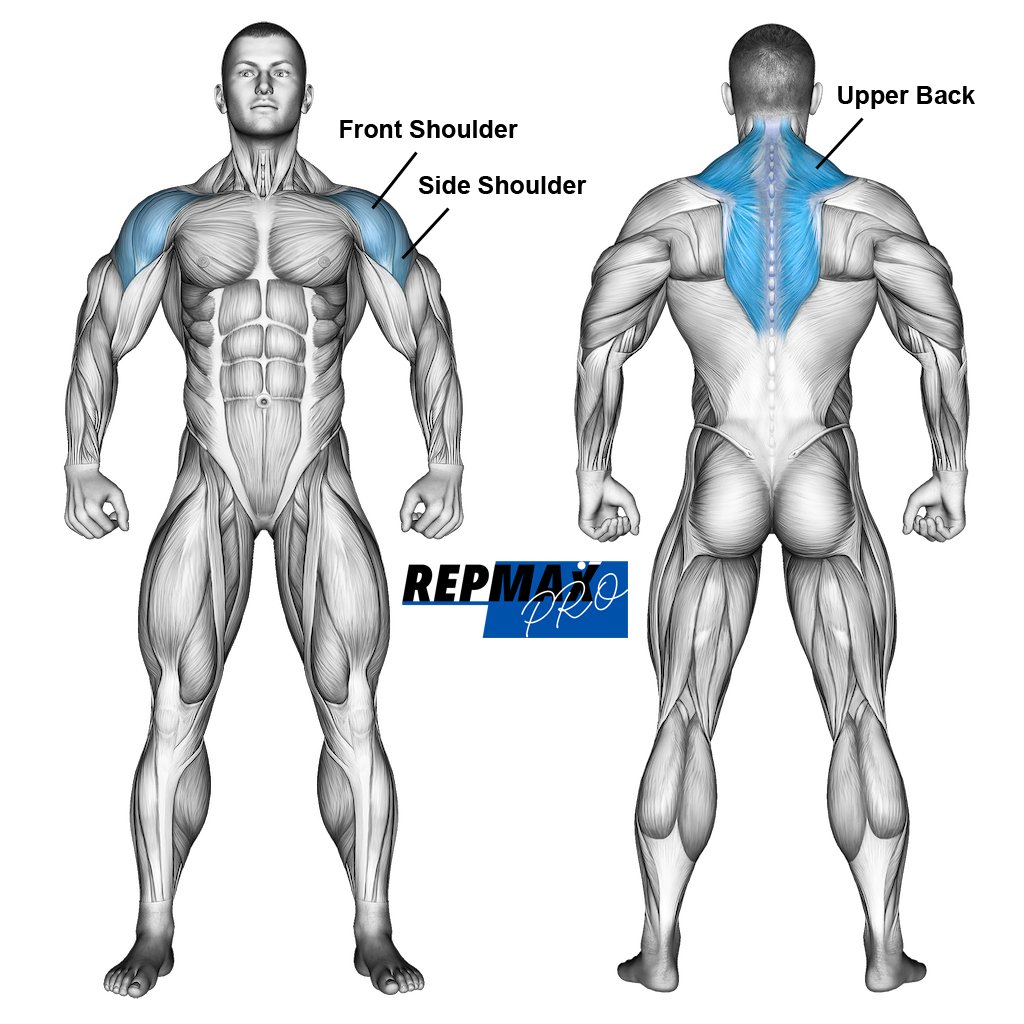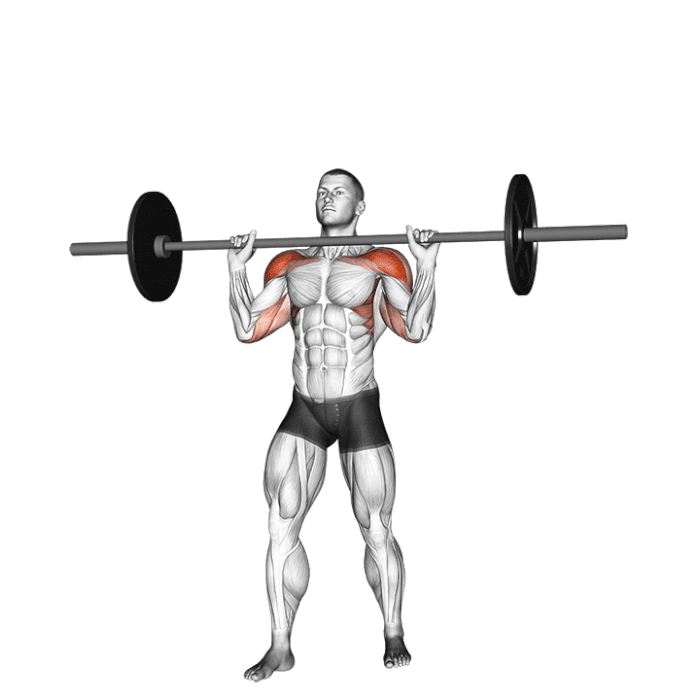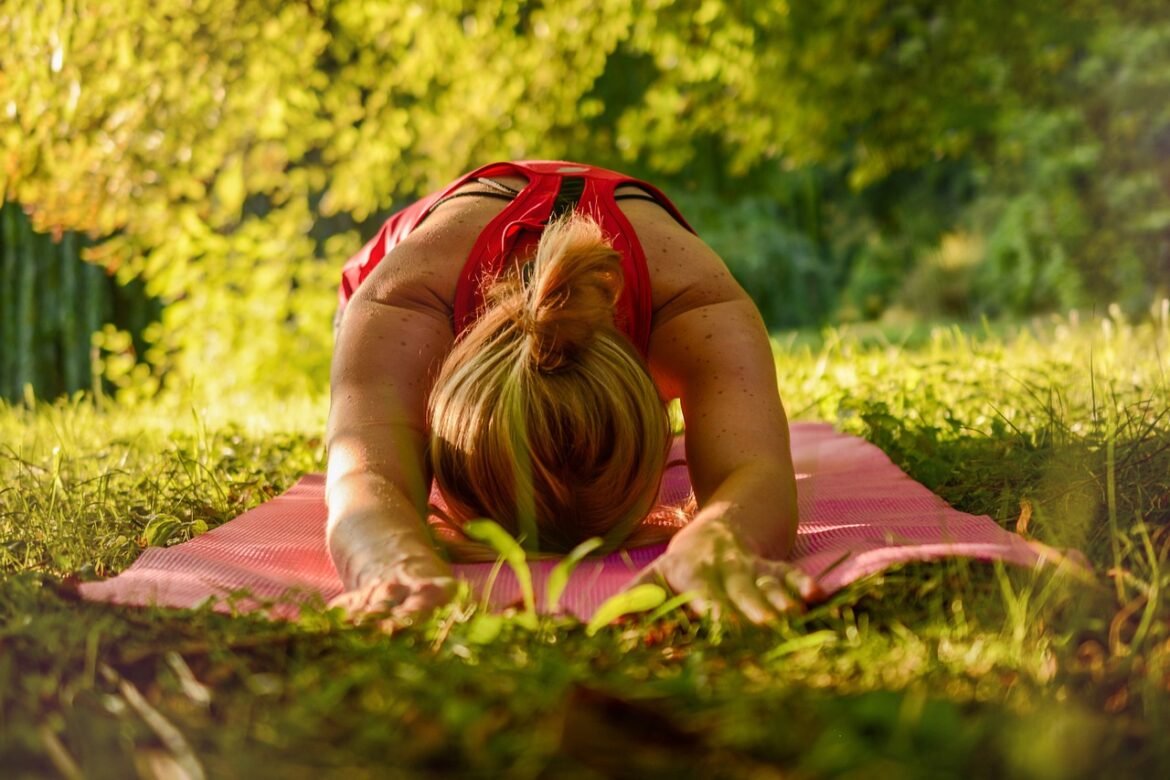Ski Ergometer
The Ski Ergometer, or SkiErg, is a specialized piece of fitness equipment designed to mimic the motion of cross-country skiing. It provides an efficient, full-body workout that emphasizes both aerobic and strength conditioning.
This is a piece of fitness equipment that simulates the motion of cross-country skiing. It consists of two vertical poles connected to a flywheel, which you pull down and push away in a rhythmic motion. This equipment is designed to enhance cardiovascular endurance, build upper body strength, and engage the core. The Ski Ergometer provides a low-impact, high-intensity workout that can be customized to suit various fitness levels and goals.
Targeted Muscle Groups

Primary Muscles:
- Latissimus Dorsi: These large back muscles are heavily engaged as you pull the handles down.
- Triceps: The back of the upper arms works to extend the elbows during each stroke.
- Deltoids: The shoulder muscles are used for both pulling and pushing movements.
- Pectorals: The chest muscles assist in the pushing phase of the exercise.
Secondary Muscles:
- Core Muscles: The abdominals and obliques stabilize the body during the motion.
- Biceps: These muscles assist in the pulling phase of the stroke.
- Forearms: The forearm muscles engage to grip and maneuver the handles.
- Legs: Although less intense, the quads and hamstrings stabilize and support the movement.
Equipment Needed
- Ski Ergometer: The primary equipment required for this exercise, which includes adjustable handles and a flywheel mechanism.
- Exercise Mat (Optional): Provides additional comfort and stability, especially during longer workouts.
- Water Bottle: To stay hydrated during intense sessions.
- Heart Rate Monitor (Optional): Helps track cardiovascular intensity and ensures you’re working within your target heart rate zone.
How to Do the Ski Ergometer: Step-by-Step Guide
1. Setup:
- Adjust the Ski Ergometer to your height by setting the handles at a comfortable level. Ensure the resistance level is suitable for your fitness level and goals.

Muscles used in the military press.
Illustration credit © Aliaksandr Makatserchyk
2. Starting Position:
- Stand with your feet shoulder-width apart and grasp the handles with an overhand grip. Your arms should be fully extended and your body should be upright with a slight lean forward.
3. Engage Core:
- Tighten your abdominal muscles to maintain stability and proper posture throughout the exercise.
4. Begin the Motion:
- Pull the handles down towards your thighs while simultaneously pushing with your legs. Your arms should move in a smooth, controlled motion, mimicking the skiing stroke.
5. Extend and Recover:
- Extend your arms back up to the starting position while maintaining a rhythmic motion. Make sure your movements are smooth and fluid to maximize effectiveness and prevent injury.
6. Breathing:
- Breathe deeply and steadily throughout the exercise, coordinating your breath with the movement.
7. Finish:
- Complete the set and slowly return to a standing position. Stretch your arms, shoulders, and core to prevent muscle stiffness.
Recommended Reps and Sets
- Beginners: Start with 3 sets of 30 seconds to 1 minute at a moderate intensity, with 1-2 minutes of rest between sets.
- Intermediate: Increase to 4-5 sets of 1-2 minutes with 1 minute of rest between sets.
- Advanced: Aim for 6-8 sets of 2-4 minutes at high intensity, with 30-60 seconds of rest between sets.
Pro Tips for Success
- Proper Form: Maintain a straight back and engage your core throughout the exercise to avoid strain on your lower back.
- Adjust Resistance: Start with lower resistance and gradually increase it as you build strength and endurance.
- Consistent Pace: Keep a steady pace to maintain rhythm and maximize cardiovascular benefits.
- Breathing Technique: Coordinate your breathing with the strokes to improve endurance and efficiency.
- Hydration: Drink water before, during, and after your workout to stay hydrated and maintain performance.
Common Mistakes to Avoid
- Slouching: Avoid hunching over or arching your back. Maintain an upright posture to prevent back strain.
- Overexertion: Start with a manageable resistance level and avoid pushing too hard initially to prevent injury.
- Poor Grip: Ensure a firm grip on the handles to avoid slipping and to maintain control during the exercise.
- Irregular Movements: Perform smooth and controlled movements rather than jerky or uneven strokes to maximize effectiveness.
- Neglecting Core Engagement: Failing to engage your core can lead to poor posture and reduce the exercise’s effectiveness.
The Ski Ergometer is a versatile and effective tool for improving cardiovascular endurance, building upper body strength, and enhancing core stability. By understanding the correct form, target muscle groups, and incorporating pro tips into your workout routine, you can maximize the benefits of this exercise. With proper technique and consistent practice, the Ski Ergometer can become a valuable addition to your fitness regimen, helping you achieve your health and performance goals.
